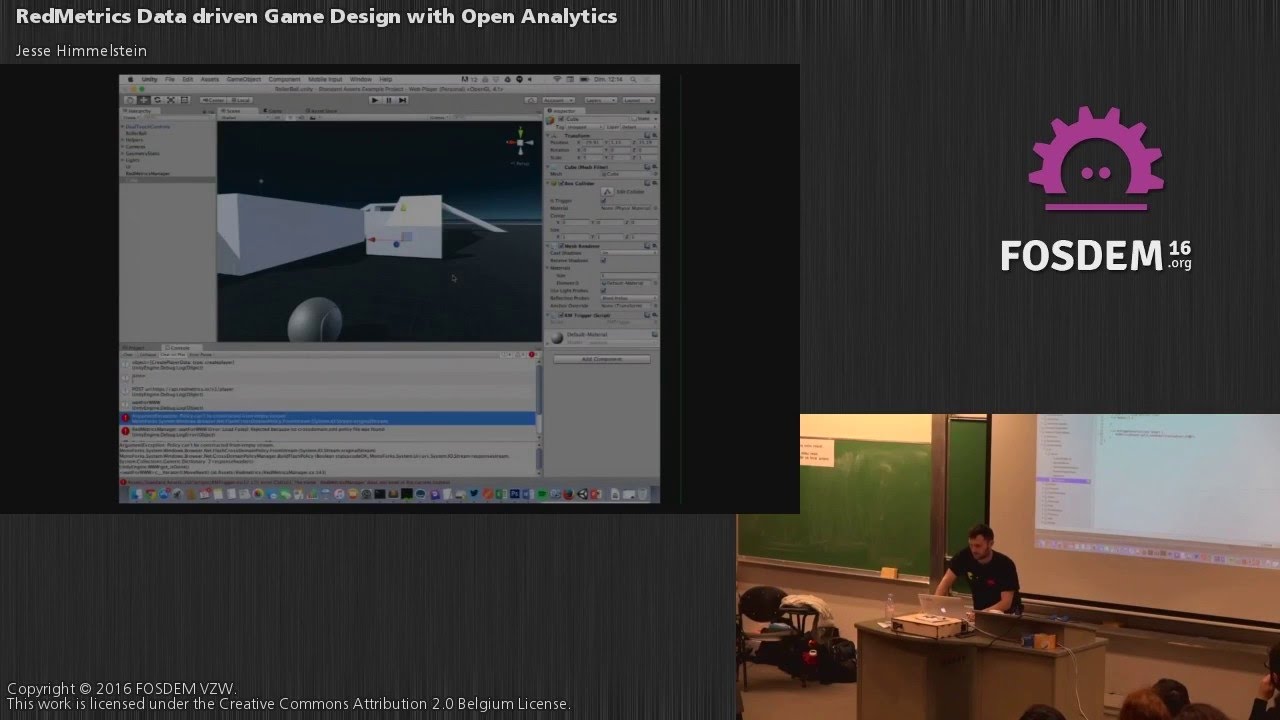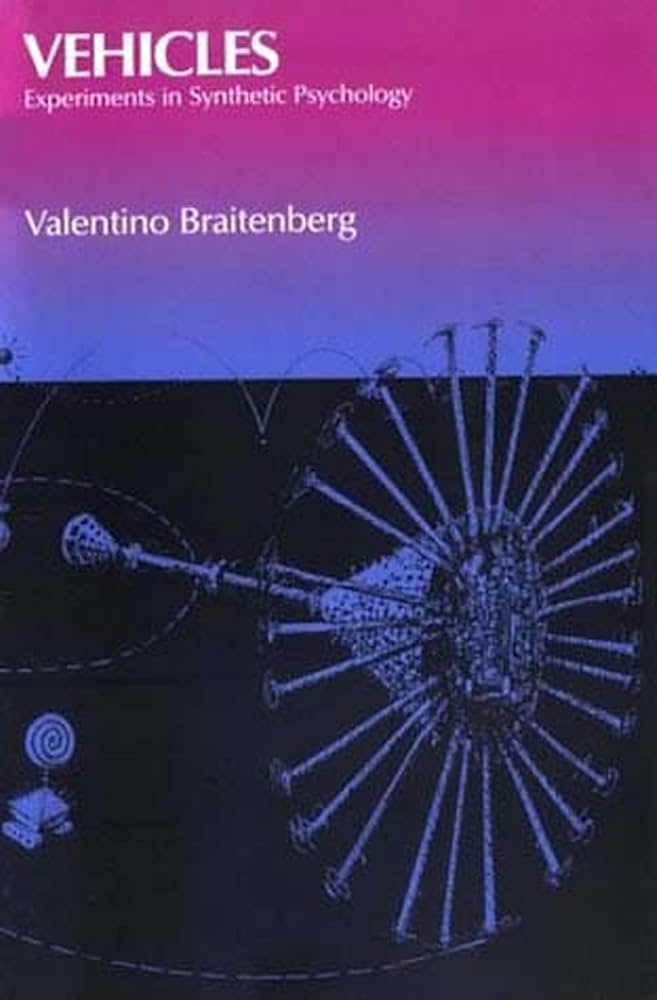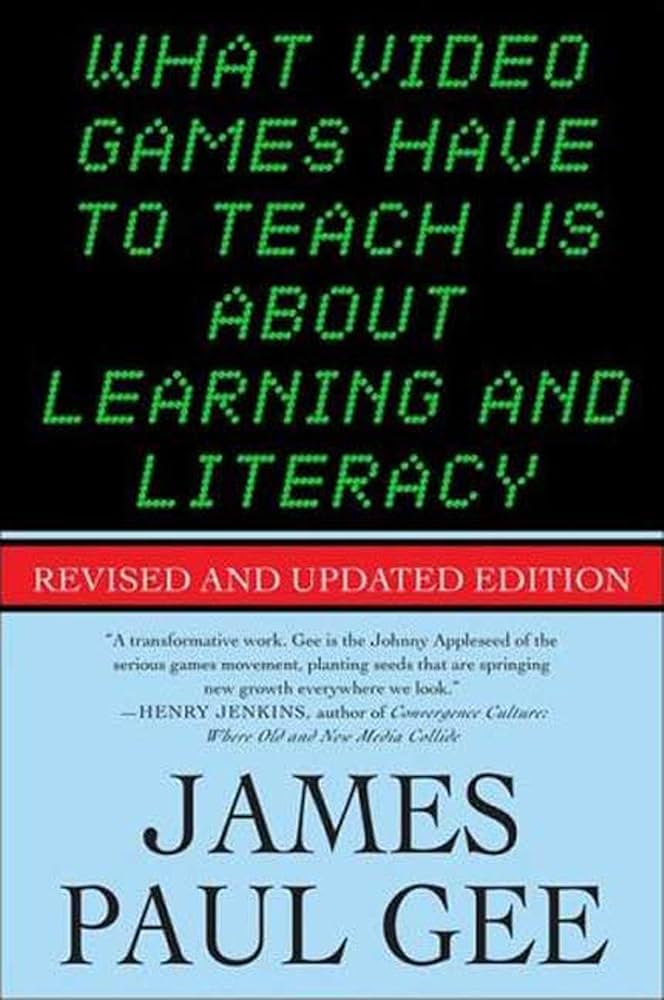Category: Learning
-

-

Experience and Education by John Dewey
Originally posted at Gamelier. I’m not accustomed to reading philosophy, but really enjoyed reading Experience and Education, by John Dewey. It’s a slim book of not even 100 pages, but is beautifully written, exceptionally clear and intelligent. Experience and Education was written in 1938 as a followup to an earlier book, Democracy and Education, which he had…
-

Vehicles by Valentino Braitenberg
With the excitement and activity of A-MAZE calming down, I finally have a moment to write about a rich book that I will want to read again and again- Vehicles: Experiments in Synthetic Psychology by Valentino Braitenberg. Since it was written in 1984, I’m truly lucky that a colleague from the Gamelier recommended it to…
-

What Video Games have to Teach Us about Learning and Literacy by James Paul Gee
“What Video Games have to Teach Us about Learning and Literacy” is a book about how video games motivate players to learn how to play them, despite or even due to their complexity and difficulty. James Paul Gee compares how players learn video games to how people learn in school, and discusses how schools…
-
How many articles on computer science can there possibly be?
Meet the PAF Peacock I just got back from a 3 day trip at the beautiful and mysterious PAF, in the countryside near Reims, about 2 hours east of Paris. The place is made for artists, dancers, and musicians to work, think, and play. And at only 16€ a night, an incredible deal. An ancient…